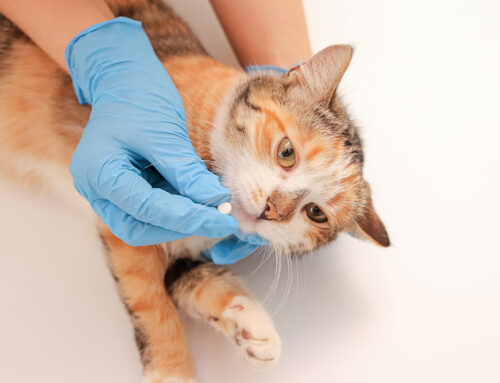We all want our pets to live long, healthy lives. However, pets can develop unexpected health issues that are often expensive to treat or manage. Health insurance helps you cover your medical costs, and pet insurance can do the same for your furry friend. However, pet insurance is different from health insurance for people, and to choose the right insurance provider and policy, you need to have a basic understanding of the differences. To help you determine which pet insurance provider and policy are right for your pet and you, our WesVet Animal Hospital team has created this guide. Use our pet insurance guide to learn how to make an informed decision regarding your pet’s veterinary care and expenses.
Benefits of pet insurance
Pet insurance can be a valuable investment. Enrolling your pet in an insurance plan can be beneficial for the following reasons, including:
- Financial security — Veterinary care, especially for emergencies or major illnesses, can be expensive. Pet insurance can help cover these unexpected costs, ensuring you don’t have to choose between your pet’s health and financial stability.
- Budget management — By paying regular premiums, you can manage your pet’s care costs more predictably, as opposed to facing expensive, unplanned veterinary bills.
- Access to care — Through insurance coverage, you may be able to afford your pet’s comprehensive and advanced treatments, such as specialized surgeries or cancer treatments, that might otherwise be too costly.
- Peace of mind — By knowing you have a financial safety net for your pet’s medical needs, you feel significant peace of mind.
- Customizable coverage — Many pet insurance providers offer a range of plans with varying levels of coverage, deductibles, and premiums, allowing you to select a plan that fits your budget and your pet’s needs.
- Long-term savings — Throughout your pet’s life, insurance can potentially save you money, especially if your pet experiences multiple health conditions or injuries.
Pet Insurance coverage options
Pet insurance providers offer multiple coverage options, and you’ll need to do some research before choosing what will work best for your pet and your budget. Most providers offer the following plan types:
- Accident-only coverage — As you may have guessed, this plan type covers only injuries or conditions considered accidental (e.g., broken bones, foreign-object ingestion). Accident-only policies do not cover medications, vaccinations, or routine examinations.
- Illness and accident coverage — This plan type is more comprehensive, and usually covers the costs of diagnosis and treatment for conditions such as cancer, endocrine disorders, and some orthopedic injuries.
- Wellness coverage — Pet insurance companies offer wellness riders that you can add to most accident and illness plans. These riders may cover preventive services such as:
- Annual wellness exams
- Vaccinations
- Routine blood work
- Spay and neuter procedures
- Dental cleanings
- Flea, tick, and heartworm prevention and testing
Pet insurance exclusions
All insurance providers have limitations and exclude coverage for some conditions.
Limitations and coverage exclusions may include:
- Breed — Pet insurance providers may limit coverage based on breed-specific genetic predispositions.
- Age — Most pet insurance providers have minimum and maximum age limits for enrollment. Typically, coverage is available for pets as young as 8 weeks of age. Older pets, around 12 to 14 years of age, may be ineligible or may qualify only for reduced coverage with higher premiums and exclusions.
- Pre-existing conditions — Most pet insurance providers do not cover pre-existing conditions (i.e., health-related disorders diagnosed before your pet’s health insurance coverage takes effect).
Cost of pet insurance

The cost of your pet insurance premium (i.e., the fee you pay for coverage each month or year) is influenced by multiple factors, including:
- Deductible — The deductible is the portion of your veterinary bill you must pay before your plan’s reimbursement kicks in. Most pet insurance policies offer an annual deductible. A higher deductible typically lowers your monthly premium, while a lower deductible typically increases your monthly premium.
- Reimbursement rate — This is the percentage a pet insurance company pays you back for the cost of your pet’s care after you meet the deductible. Most insurance companies offer reimbursement options such as 70%, 80%, or 90% of the care’s cost.
- Payout limits — A plan’s payout limit is the maximum dollar amount your pet insurance provider is willing to reimburse you. Payout limit types include:
- Per-incident limits — These cap the dollar amount your pet insurance company reimburses you for a single illness or accident.
- Annual limits — Annual limits cap the dollar amount your pet insurance company reimburses you within a 12-month period. Once you reach the annual limit, you must pay all your pet’s veterinary expenses until the coverage resets.
The financial protection and peace of mind that pet insurance provides make policy enrollment a worthwhile investment. Before you choose a plan for your pet, carefully review your options, and feel free to contact our WesVet Animal Hospital team with any questions.







Leave A Comment